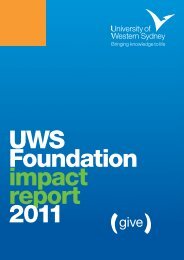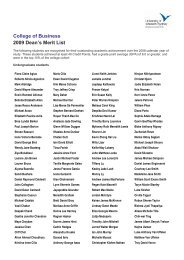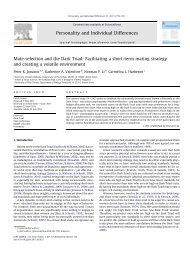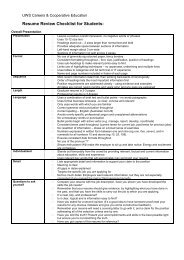Rethinking Multiculturalism Reassessing Multicultural Education
Rethinking Multiculturalism Reassessing Multicultural Education
Rethinking Multiculturalism Reassessing Multicultural Education
- No tags were found...
Create successful ePaper yourself
Turn your PDF publications into a flip-book with our unique Google optimized e-Paper software.
SESSION 2Australian National Government Perspectives on<strong><strong>Multicultural</strong>ism</strong> and <strong>Multicultural</strong> <strong>Education</strong>Access and Equity: Reflecting on <strong>Multicultural</strong> <strong>Education</strong>Matthew Davies, Acting General Manager, Engagement and Wellbeing Group,Department of <strong>Education</strong>, Employment and Workplace Relations (DEEWR)While state and territory governments are responsible for education in publicschools, the Australian Government has an important role to play in policyformation. There are three ‘tent poles’ which inform multicultural educationat the federal level. The Access and Equity strategy outlines requirementsand aspirations for Federal Government services when taking the culturaland linguistic diversity of their clients into account. It is a fundamentalplank in Australian social and educational policy. The People of Australia,launched in February 2011, is the Federal Government’s most recent policy oncultural diversity. It emphasises social inclusion, which is much broader thanmulticulturalism. Nevertheless, the policy was developed with advice fromthe Australian <strong>Multicultural</strong> Advisory Council which recommended that theFederal Government should implement the ‘Commitment’ of the MelbourneDeclaration on <strong>Education</strong>al Goals for Young Australians (MCEETYA, 2008) inthe design of an Australian curriculum, with particular reference to education incivics and languages. Australia’s Human Rights Framework, launched in April2010, expressed a commitment to support human rights education across theAustralian population, including in primary and secondary schools.Holding principals and teachers responsible for the quality of multiculturaleducation in their schools is essential. A major measure of this is parents’ viewson their children’s education. The attitudes of parents towards racism might notbe as positive as the teacher attitudes expressed through the RMRME surveydata; parents can experience latent racism, and withdraw from the schoolcommunity. The introduction of teaching standards in relation to multiculturaleducation is a major reform, as it has involved a clear articulation of what isexpected of teachers, and an accreditation process for universities. A qualityloop operates here: the DEEWR works to ensure that universities commit tothe quality of their programs; that regular accreditation processes retain theirintegrity; and that underperforming teachers aren’t allowed to ‘fall through’ thecracks.<strong>Multicultural</strong> <strong>Education</strong> and the Australian CurriculumRobert Randall, General Manager, Curriculum, Australian Curriculum,Assessment and Reporting Authority (ACARA)What does the new Australian Curriculum look like from an interculturalperspective? 2 The curriculum is built from eight learning areas (English,mathematics, science, humanities and social sciences, arts, languages,health and physical education, technologies), and also includes seven general2 ACARA is the national body appointed by the Australian Federal Government to design andimplement a national curriculum for its six states and two territories which up until now have each hadtheir own school curricula.SESSION 2 Australian National Perspectives on <strong><strong>Multicultural</strong>ism</strong> and <strong>Multicultural</strong> <strong>Education</strong>13Book 1.indb 133/12/2012 8:36:10 PM


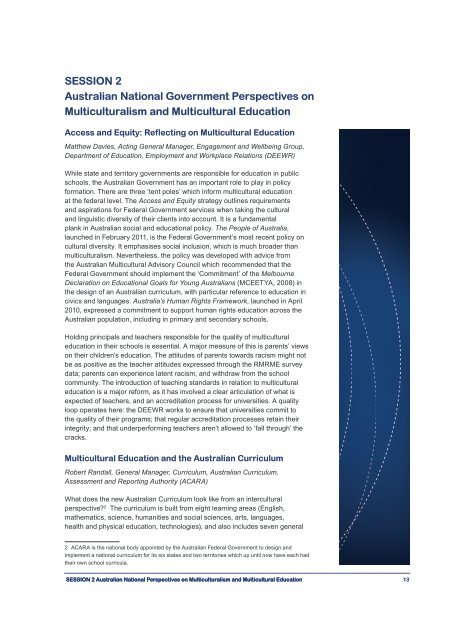
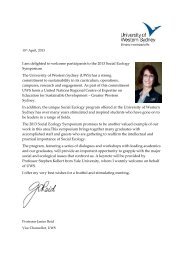
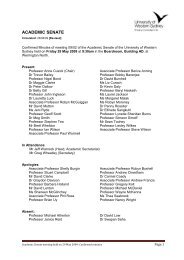
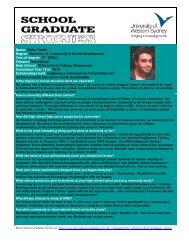
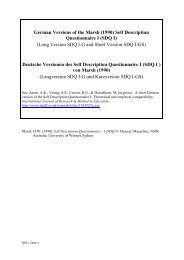
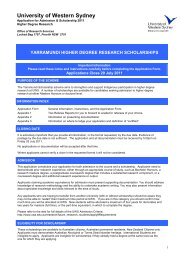
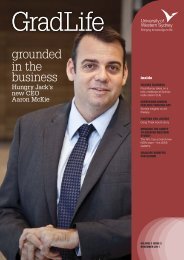
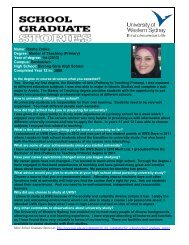
![Glossary of terms for Academic Integration Plans [PDF, 127Kb]](https://img.yumpu.com/46838287/1/184x260/glossary-of-terms-for-academic-integration-plans-pdf-127kb.jpg?quality=85)
